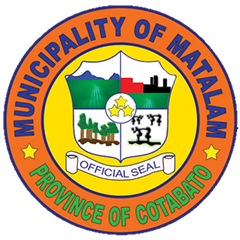MATALAM
Matalam was created as the 32nd Municipality of the Province of Cotabato on December 29, 1961. But at present, it is one of the seventeen (17) Municipalities and 1 city in the Province of Cotabato.
-
Income Class – First Class
-
Number of Barangays – 34
-
Total Population – 79,361 (2015 census)
It is a municipality with an agricultural-based economy; it has a Total Land Area of more or less 47,600 hectares. Inhabited mostly by Ilonggo, Ilocano, Maguindanaon and Cebuano.
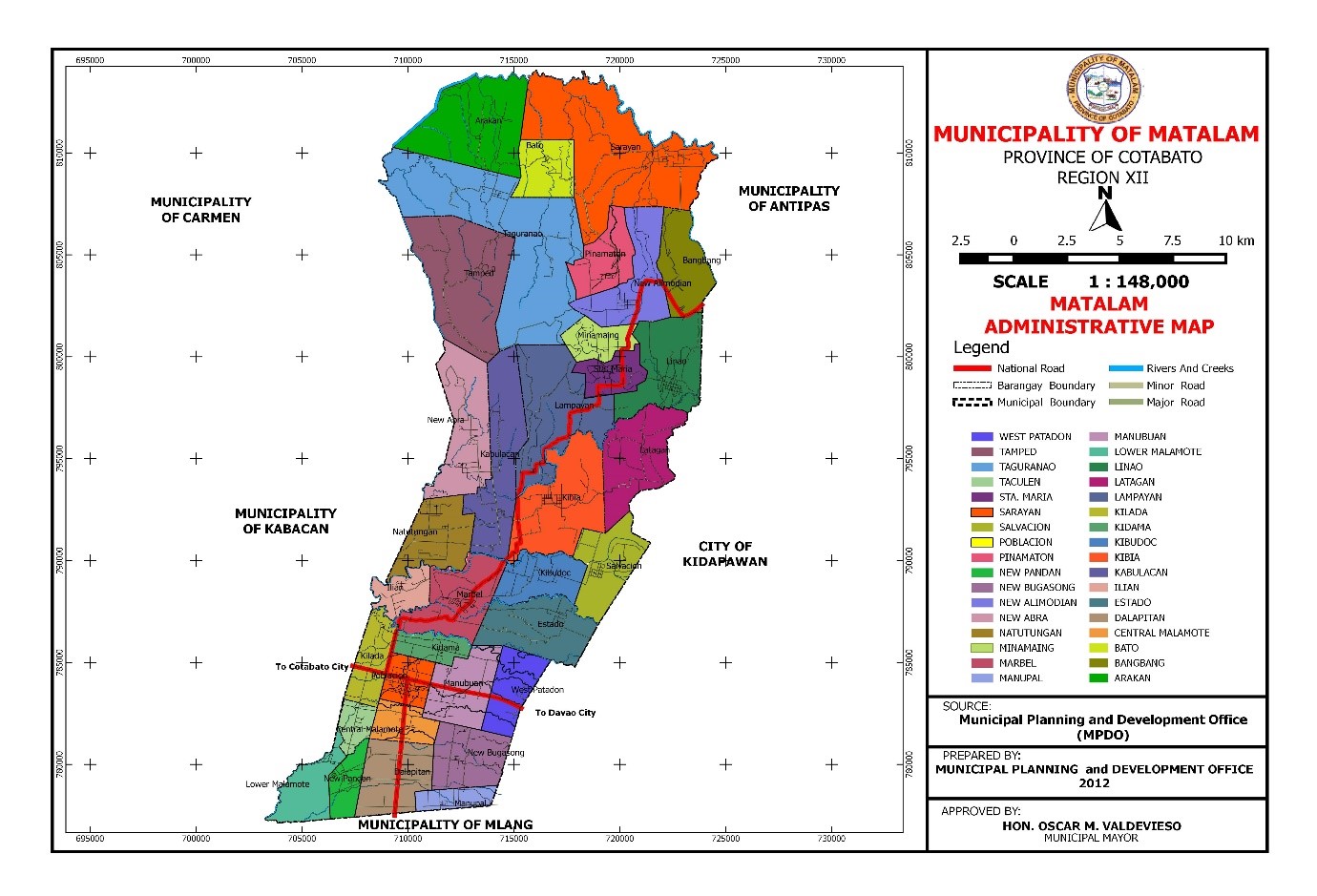
Before its creation into a regular municipality, Matalam is just a mere sitio of Barangay Kilada and formerly called “Crossing M’lang” in the district of Kabacan. Its strategic location and the desire of the people especially the civic and religious leaders led to petition the National Government to make Matalam a separate municipality through the Provincial Government of Cotabato under the leadership of Governor Datu Udtog Matalam. Consequently, the strong representation of the local leaders and officials of the provincial government led to the signing and issuance of the Executive Order No. 461 by then President Carlos P. Garcia on December 29, 1961 creating Matalam as the 32nd Municipality of the Empire Province of Cotabato. The Municipality was named after the late illustrious father of the province, Hon. Governor Datu Matalam, in acknowledgement of his untiring efforts for the development and creation of the place.

The first appointed Mayor was Datu Agali Mamaluba with one Vice Mayor and six (6) councilors. The said set of officials served for a term of two (2) years. In 1963, the first election took place in the municipality with Edilberto V. Baldonado elected as Municipal Mayor with eight (8) Municipal Councilors and served up to December 1978 because in January 1979 when Martial Law was enforced, Mayor Baldonado was replaced by Mayor Agustin M. Valdevieso, the former secretary and served up to May 1986 when Edsa Revolution succeeded. The Mayor then was again replaced by OIC Mayor Deze O. Prado, from May 1986 – July 1988; but in the first election after EDSA that was in the year 1988, Mayor Agustin M. Valdevieso regained his position and served up to June 1994 and retires from politics thereafter.
*List of Mayors who served the municipality and the corresponding years of service:
- Datu Agali Mamaluba 1961 – 1963
- Edilberto V. Baldonado 1963 – 1978
- Agustin M. Valdevieso, Sr. 1979 – 1986
- Deze O. Prado 1986 – 1988
- Agustin M. Valdevieso, Sr. 1988 – 1994
- Oscar M. Valdevieso 1994 – 2003
- Bernardo M. Valdevieso 2003 – 2006
- Oscar M. Valdevieso 2006 – 2016
- Cheryl V. Catamco, RN 2016 – 2019
- Oscar M. Valdevieso 2019 – present
In the beginning, the municipality has nineteen (19) barrios drawn out from the three (3) adjoining municipalities broken-down as follows: three (3) from M’lang; thirteen (13) from Kabacan; and three (3) from the municipality of Kidapawan with a total population of 13,000 all scattered throughout the barangays and sitios of the town. Along with the continuous influx of the settlers from other places it was increased to forty (40) barangays with a population of 38,993 in 1975. In 1981, one of its barangays was created as a regular municipality, wherein eight (8) of its barangays were withdrawn and became a part of that newly created municipality, Antipas. The remaining thirty two (32) barangays were increased to thirty four (34) barangays when Pinamaton and Tamped were created as regular barangays. Currently, Matalam has Thirty Four (34) regular barangays.
Strategic Directions:
-
Upgrading of socio-economic condition of the people to attain a sustainable economic opportunities.
-
Accelerate commercial activities.
-
Attainment of sufficient food production.
-
Maintain a clean and peaceful environment in the area.
-
To harness development potential of constituents.
-
Attainment of higher literacy level and promote more functional education to the people in the area.
-
To uplift health condition of the people.
-
To incorporate climate change adaption projects, programs and activities.
-
Provision of sufficient infrastructure projects that would benefit both frontliners and suspected COVID-19 patients.
Specific Objectives:
-
To promote quality of life.
-
To achieve higher agricultural productivity.
-
To promote/maintain environmental sanitation.
-
To provide adequate farm to market roads.
-
To improve the health and nutrition status of the people.
-
To provide adequate supply of irrigation and portable water supply.
-
To promote tourism industry to be more functional and profitable in the areas of development.
-
To provide quality education and reduce illiteracy rate.
-
To provide adequate school facilities, supplies and materials.
-
To promote a climate change and COVID-19 resilient community and reduce disaster risk.
Our Vision
“With the aid of the Divine Providence, MATALAM shall become a sustainable agro-industrial and commercial center in South Central Mindanao with empowered and diversified people living in a stable economy, balanced ecology, resilient, and safer environment governed by dynamic leaders of great integrity.”
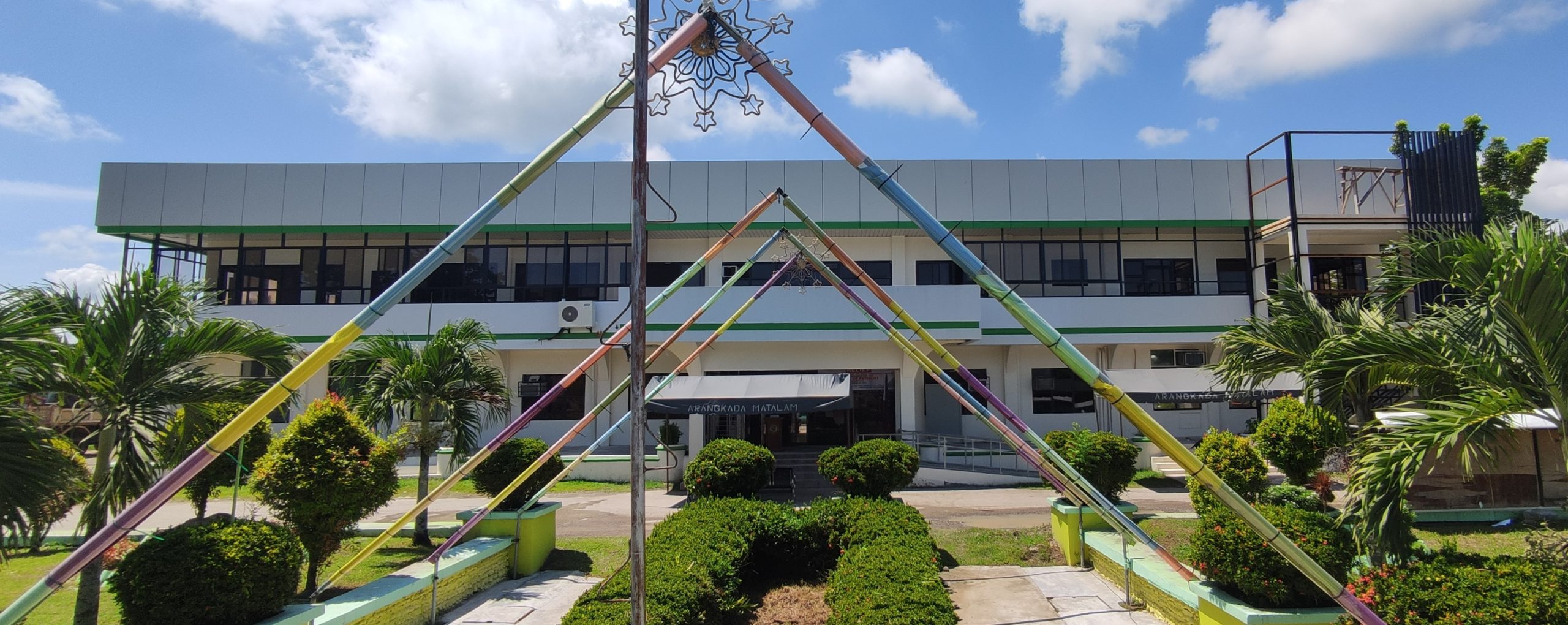
Our Mission
“Matalam endeavours to become a peaceful municipality that promotes cultural heritage and economic stability, increase agricultural productivity, fosters ecologically balanced environment and provides quality basic services for the benefit of its empowered constituents.”
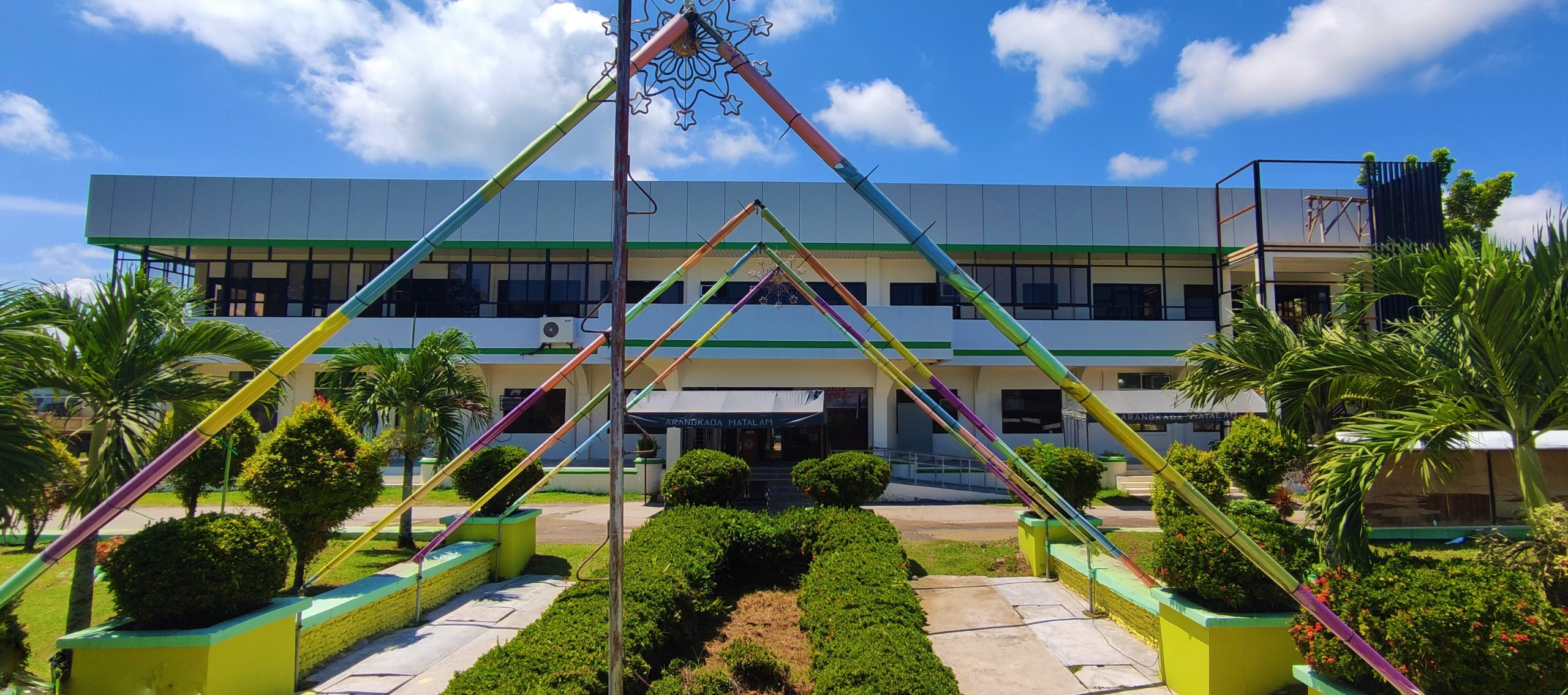
MUNICIPAL HALL
0951-823-8744
M-TH: 7am - 6pm
Mission
Matalam endeavours to become a peaceful municipality that promotes cultural heritage and economic stability, increase agricultural productivity, fosters ecologically balanced environment and provides quality basic services for the benefit of its empowered constituents.
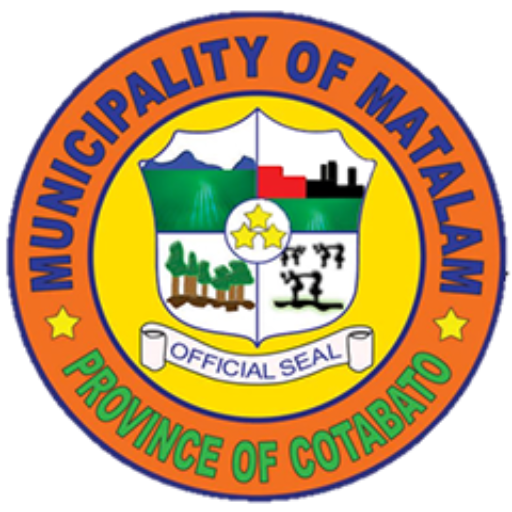
Vision
With the aid of the Divine Providence, MATALAM shall become a sustainable agro-industrial and commercial center in South Central Mindanao with empowered and diversified people living in a stable economy, balanced ecology, resilient, and safer environment governed by dynamic leaders of great integrity.
